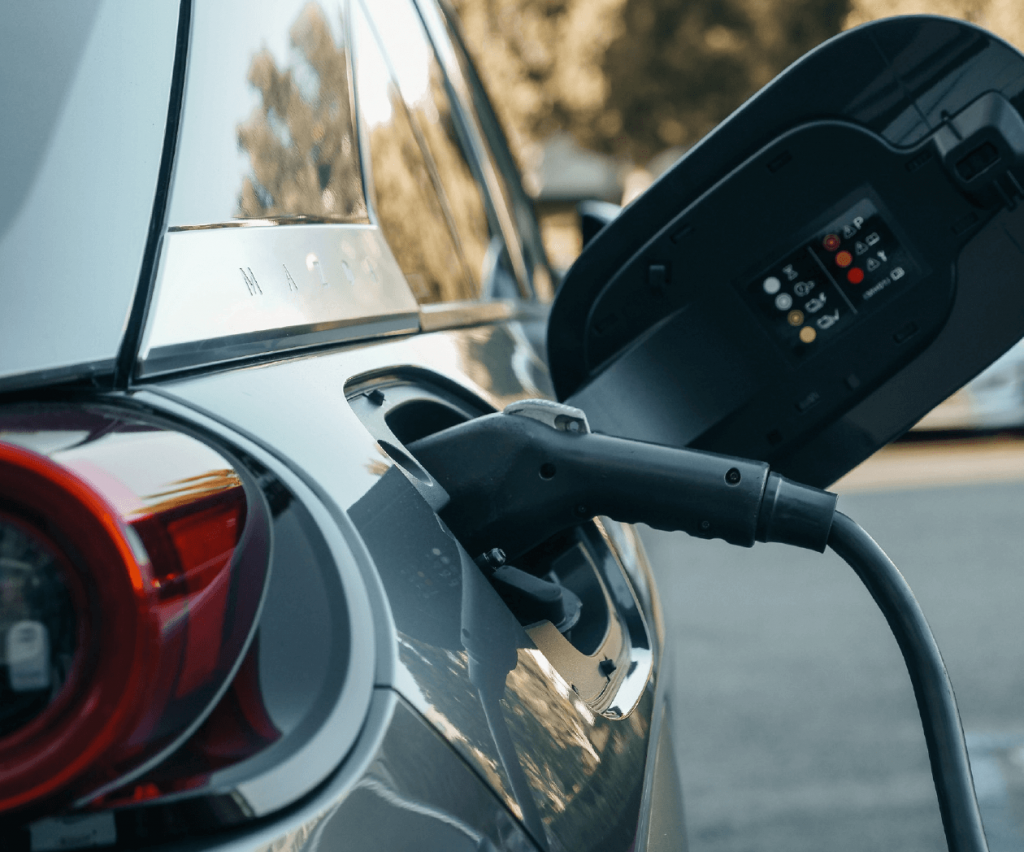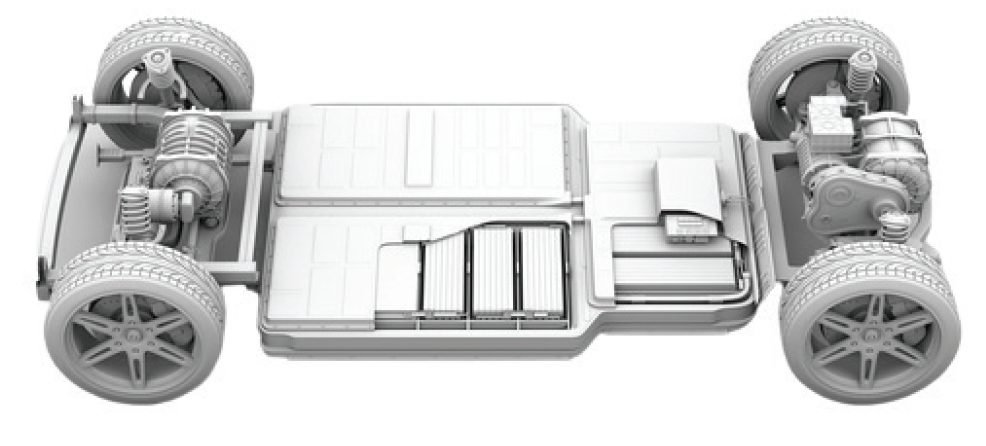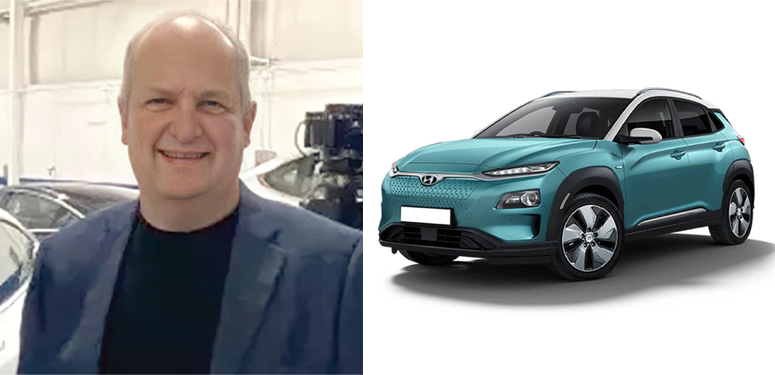“A gas-powered Kona to an electric Kona— they’re identical, for the most part, other than their powertrain.” — David Giles, co-founder, All EV Canada
Electric vehicles aren’t as scary as you think
By Allison Rogers
Collision repairers, buckle up. Your everyday life is about to get far more shocking.
Electric vehicles (EVs) are becoming more common on Canadian roadways. Last June, the federal government announced its goals to nix new sales of gas-powered vehicles by 2035. Several provinces offer incentives to persuade consumers to opt for EVs when purchasing new vehicles, in addition to the Liberal government’s federal incentive. Like it or not, electric vehicles are on the horizon—and there’s a lot you’ll need to know on how to repair them. The first step is dismantling the truth from the hubbub.
Electric vehicle enthusiasts know the Chevrolet Bolt’s plights well. In September, General Motors issued a warning, cautioning Bolt owners to take three precautions to mitigate the risk of fire in their vehicles. First, the automaker warned to set charging limits to 90 percent; then, to charge vehicles more frequently to avoid depletion below 113 kilometers of range and, finally, GM warned Bolt owners to park outside “immediately after charging,” and should not leave vehicles charging indoors overnight.
In a similar trend, Stellantis announced in February that an internal investigation led to the discovery of 12 fires among model-year 2017 and 2018 vehicles. The release noted all the vehicles that were reported to have caught fire were parked and turned off, eight of which were connected to chargers. Combine those trends with a Summer 2021 study suggesting electric vehicles could burst into flames up to 24 hours after a collision.
David Giles, electric vehicle expert and co-founder of AllEV Canada, says the frequency of electric vehicle fires is merely a matter of perspective. “For every 100,000 gas-powered vehicles, there are about 1,600 vehicle fires. Whereas, for every 100,000 EVs, there are about 25 vehicle fires,” said Giles. “The risk is very, very low. Far lower than in a gas-powered vehicle.
“For an EV to just burst into flames, just sitting there would be like winning the lottery—it’s just so rare. Something typically has to be connected, like if you’re charging a vehicle and something happens in the module. In fact, with the Bolt recalls, it wasn’t an issue with the batteries themselves; it was the construction and how the units were put together. The batteries themselves are very stable.”
Giles deals with misinformation around EVs on a near-daily basis. “[An EV owner] once drove two hours down to one of our facilities for a tire change. He had tried to get his local place to do it, but they said the local fire department was unable to supervise the job,” he chuckled.
The lack of EV awareness across the board spurs fears of increased write-offs. With today’s technologies already imposing restrictions on post-collision repairability, many fear that the problem will only grow with EVs outweighing internal combustion engines.
“We acquired several total-loss listed vehicles in our early days at All EV Canada, all with minimal damage,” said Giles. “I actually called one of the owners—he was in Ontario—and he was very upset his vehicle was seen as total loss when he drove it home from the accident. The reason it was written off? Because it had taken so long to wait for the parts required in the repair.” Giles said he has personally spoken with appraisers to answer questions on EV repairability.


“FOR EVERY 100,000 GAS-POWERED VEHICLES, THERE ARE ABOUT 1,600 VEHICLE FIRES. WHEREAS, WITH 100,000 ELECTRIC VEHICLES, THERE ARE ABOUT 25 VEHICLE FIRES. THE RISK IS VERY, VERY LOW. FAR LOWER THAN IN A GAS-POWERED VEHICLE.” — David Giles, co-founder, All EV Canada
“Most of the questions are about the battery and whether it’s been damaged in the collision. I typically pose the question, ‘Do you replace your iPhone every time you drop it on the ground?’ These batteries are very well protected and designed to take impact. In fact, many of them are structurally incorporated into the vehicle. “I’ve seen some heavily damaged batteries—they did not burst into flames. Even a battery fire does not burn the entire battery; plenty of the material in a burnt battery is still recyclable.
“Vehicles that may look like they are fire-damaged or total loss—there will still be materials there for the taking.” Plus EVs, particularly their batteries, carry “massive warranties,” added Giles, sometimes upwards of eight years.
Giles is convinced that, as more information circulates, the fog will continue to clear, as evident by the last decade. “In the beginning, total losses were definitely a big concern. Now, as we uncover more information, collision repairers are getting better at repairing electric vehicles and realizing there aren’t many differences in safety aspects and what they need to learn.
“Once you understand the basic safety procedures, you follow OE procedure and it’s really no different than repairing a regular gas-powered vehicle.”






















